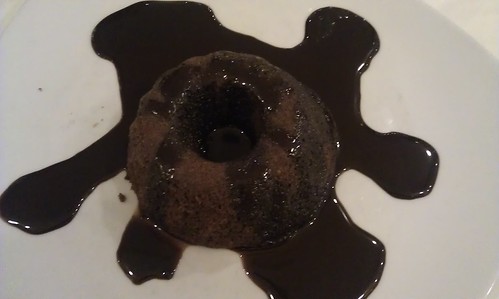Glossary M
Mohr im Hemd a German term which literally means "black person (Moor) in shirt" actually refers to one of the popular desserts from Austria which is a chocolate pudding served with chocolate sauce /syrup and whipped cream (Schlagobers ).
Schlagobers which is known as Schlagsahne is the Austrian (German) word for whipped cream.
Mohr is a German word which refers to a black person (Moor)
Hemd is the German word for "shirt" .

Deutsch: Feuchtigkeit / Español: Humedad / Português: Umidade / Français: Humidité / Italiano: Umidità
Moisture in the food context refers to the amount of water present in a food product, either as a natural component or added during preparation or processing. It influences the texture, taste, shelf life, and overall quality of food.
Deutsch: Melasse / Español: Melaza / Português: Melaço / Français: Mélasse / Italiano: Melassa
Molasses is a thick, dark syrup produced during the sugar-making process from sugar cane or sugar beets. It is created by extracting the sugar crystals from the juice, leaving behind this dense, nutrient-rich liquid.
